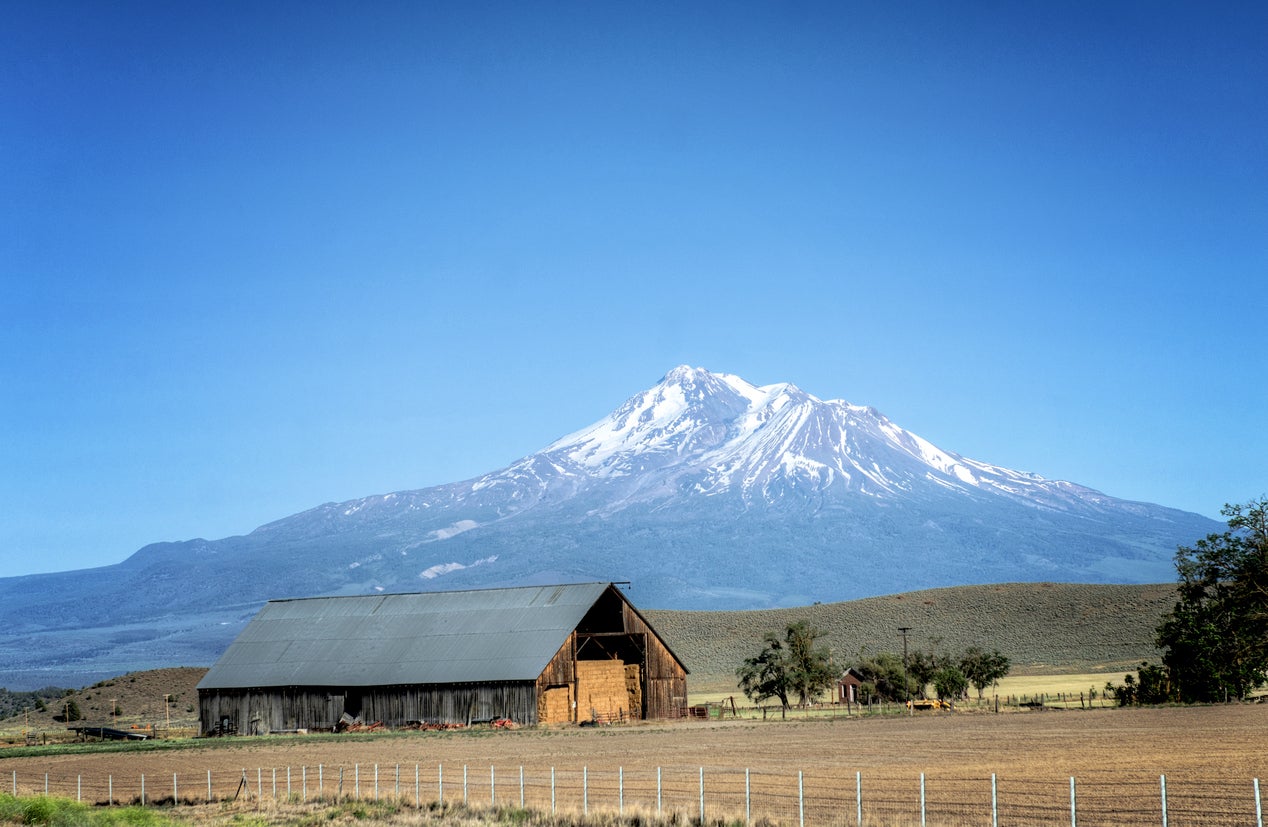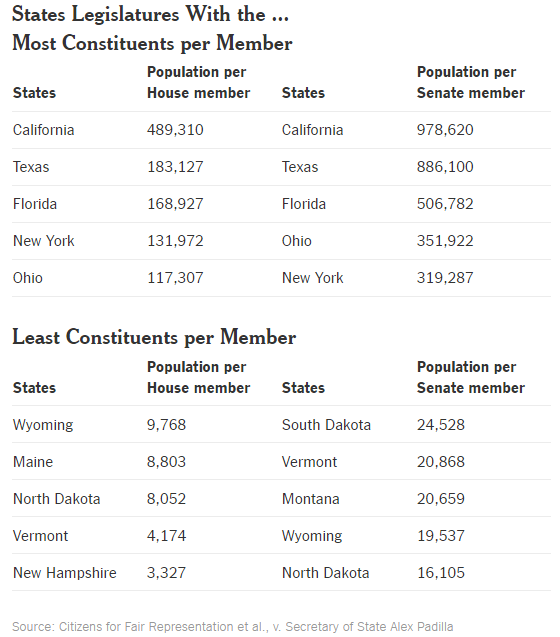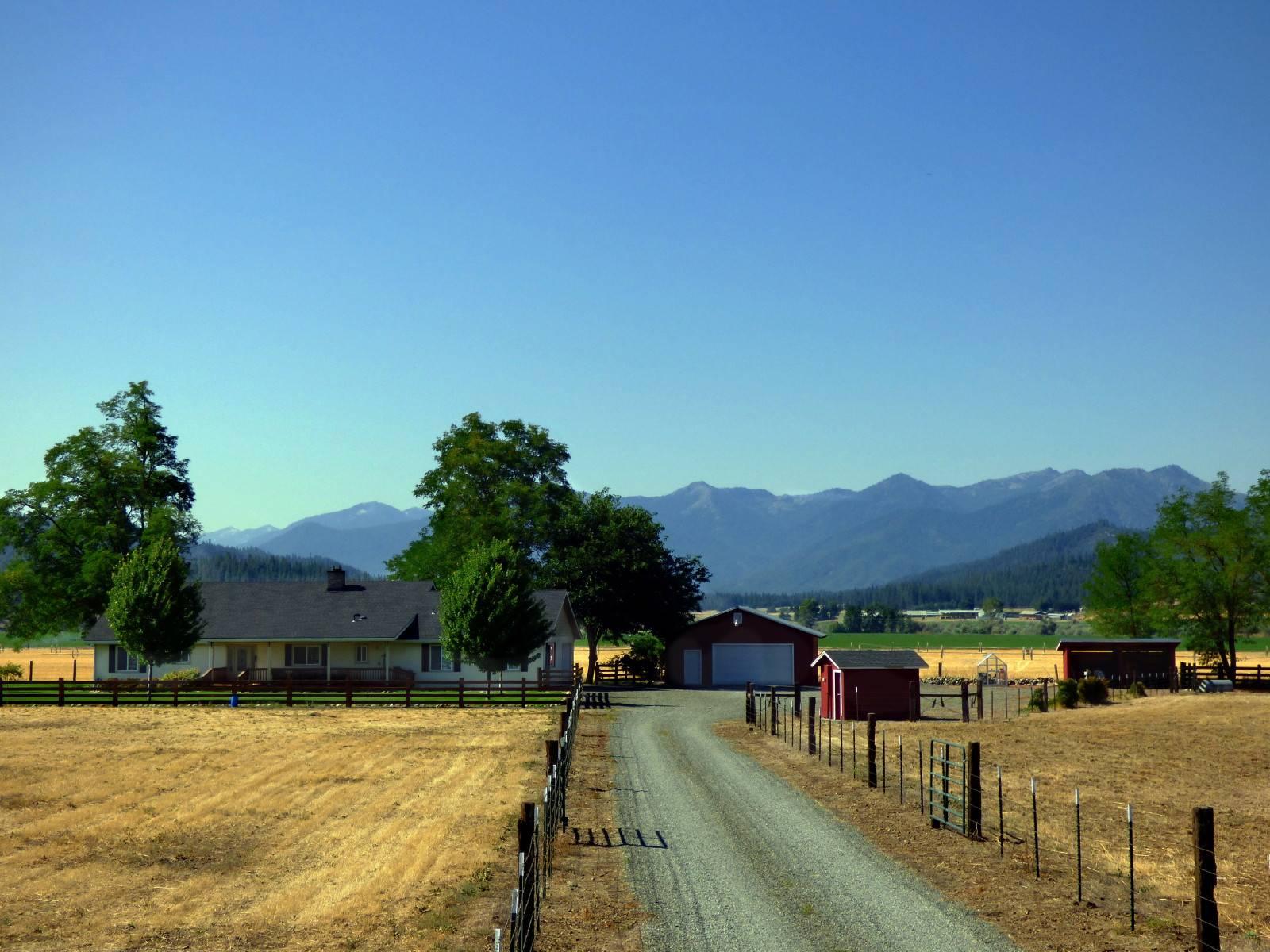California’s far north deplores ‘tyranny’ of the urban majority
The area is a vast, rural, mountainous tract of pine forests with a political ethos that bears more resemblance to Texas than to Los Angeles

Your support helps us to tell the story
From reproductive rights to climate change to Big Tech, The Independent is on the ground when the story is developing. Whether it's investigating the financials of Elon Musk's pro-Trump PAC or producing our latest documentary, 'The A Word', which shines a light on the American women fighting for reproductive rights, we know how important it is to parse out the facts from the messaging.
At such a critical moment in US history, we need reporters on the ground. Your donation allows us to keep sending journalists to speak to both sides of the story.
The Independent is trusted by Americans across the entire political spectrum. And unlike many other quality news outlets, we choose not to lock Americans out of our reporting and analysis with paywalls. We believe quality journalism should be available to everyone, paid for by those who can afford it.
Your support makes all the difference.The deer heads mounted on the walls of Eric Johnson’s church office are testament to his passion for hunting, a lifestyle enjoyed by many in the northernmost reaches of California but one that Johnson says surprises people he meets on his travels around America and abroad.
“When people see you’re from California, they instantly think of Baywatch,” says Johnson, the associate pastor of Bethel Redding, a megachurch in this small city a three-and-a-half-hour drive north of San Francisco. “It’s very different here from the rest of California.”
Johnson lives in what might be described as California’s Great Red North, a bloc of 13 counties that voted for President Trump in November and that make up more than a fifth of the state’s land mass but only 3 per cent of its population.
From Hollywood to Silicon Valley, California projects an image as an economically thriving, politically liberal, sun-kissed El Dorado. It is a multiethnic experiment with a rising population, where the proportion of white people has fallen to 38 per cent.
California’s Great Red North is the opposite, a vast, rural, mountainous tract of pine forests with a political ethos that bears more resemblance to Texas than to Los Angeles. Two-thirds of the north is white, the population is shrinking and the region struggles economically, with median household incomes at $45,000, less than half that of San Francisco.
Jim Cook, former supervisor of Siskiyou County, which includes cattle ranches and the majestic slopes of Mount Shasta, calls it “the forgotten part of California”.

In the same state that is developing self-driving cars, there’s the rugged landscape of Trinity County, where a large share of residents heat their homes with wood, plaques commemorate stagecoach routes and the county seat, Weaverville, is an old gold-mining town with a lone blinking stop-and-go traffic light.
The residents of this region argue that their political voice is drowned out in a system that has only one state senator for every million residents.
This sentiment resonates in other traditionally conservative parts of California, including large swaths of the Central Valley, which runs down the state, and it mirrors red and blue tensions felt in areas across the country. But perhaps nowhere else in California is the alienation felt more keenly than in the far north, an arresting panorama of fields filled with wildflowers and depopulated one-street towns that have never recovered from the gold rush.
“People up here for a very long time have felt a sense that we don’t matter,” says James Gallagher, a state assemblyman for the Third District, which is a shorter drive from the forests of Mount Hood in Oregon than from the beaches of San Diego. “We run this state like it’s one size fits all. You can’t do that.”
Many liberals in California describe themselves as the resistance to Trump. Residents of the north say they are the resistance to the resistance, politically invisible to the Democratic Governor and legislature. California’s strict regulations on the environment, gun control and hunting impinge on a rural lifestyle, they say, that urban politicians do not understand.
The state’s stringent air quality and climate change regulations may be appropriate for technology workers, Gallagher says, but they are onerous for people living in rural areas.
“In the rural parts of the state we drive more miles, we drive older cars, our economy is an agriculture- and resource-based economy that relies on tractors and trucks,” Gallagher says. “You can’t move an 80,000-pound load in an electric truck.”

A recently passed gas tax, pushed through by the Democratic majority, will disproportionately hurt rural voters, he says.
Taxation and hunting are two issues northerners are quick to seize upon when criticising laws they feel are unfairly imposed by the state. But there are also more fundamental issues related to incomes and job opportunities that split California into a two-speed economy.
In the San Francisco Bay Area, unemployment rates hover around 3 per cent. In the far north, where many timber mills have shut down in recent years, unemployment is as high as 6 per cent in Shasta County and 16.2 per cent in Colusa County.
Despite a go-it-alone ethos, residents of the 13 counties in the northern bloc are much more likely to receive government medical assistance than those in the Bay Area. In the north, 31 per cent take part in Medi-Cal, the California Medicaid program, while the Bay Area rate is 19 per cent, and California’s overall figure 28 per cent.
United States Representative Doug LaMalfa, a Republican representing Northern California’s First District, blames regulations that have shut down industries for the economic disparities.
“They’ve devastated ag jobs, timber jobs, mining jobs with their environmental regulations, so, yes, we have a harder time sustaining the economy, and therefore there’s more people that are in a poorer situation.”
Because incomes are significantly lower than the state average and the region is so thinly populated, tax revenue from the far north is a fraction of what urban areas contribute. In 2014, the 13 northern counties had a combined state income tax assessment of $1bn (£776m), compared with $4bn from San Francisco County.
Resentment toward the rest of California has a long history here – there have been numerous efforts to split the state since its founding in 1850. After the presidential election, a proposal to secede from the union, driven by liberals and known as Calexit, gained attention.
Residents here have long backed a different proposal for a separate state, one that would be carved out of Northern California and the southern reaches of Oregon. Flags of the so-called State of Jefferson, which was first proposed in the 19th century, fly on farms and ranches around the region.

Jefferson, named after the President who once envisioned establishing an independent nation in the western section of North America, is more a state of mind than a practicable proposal. Many see it as unrealistic for a region that has plenty of water and timber but perhaps not enough wealth to wean itself away from engines of the California economy.
However, two recent initiatives have channelled the deep feeling of underrepresentation.
In May, a loose coalition of northern activists and residents, including an Indian tribe and the small northern city of Fort Jones, joined forces to file a federal lawsuit arguing that California’s legislative system is unconstitutional because the Legislature has not expanded with the population.
The suit, filed against the California secretary of state, Alex Padilla, who oversees election laws in California, calls for an increase in the membership of the bicameral Legislature, which since 1862 has capped the number of lawmakers at 120.
The lawsuit argues that California now has the least representative system of any state in the nation. Each State Assembly member represents nearly 500,000 people and each state senator twice that.
“This arbitrary cap has created an oligarchy,” the lawsuit says.
By contrast, each member of the New York State Assembly represents on average 130,000 people; in New Hampshire, it’s 3,330 people for each representative.
Mark Baird, one of the plaintiffs, says residents of California’s far north feel as though they are being governed by an urbanised elite.
“I wake up in the morning and think, ‘What is California going to do to me today?’’’ says Baird, a former airline pilot who owns a ranch about an hour’s drive from the Oregon border. In a grass valley framed by low-lying hills, Baird’s pastures are filled with his small herd of buffalo and a few pens of horses and donkeys.
Baird complains of restrictions on the types of guns he can own. “It’s tyranny by the majority,” he says. “The majority should never be able to deprive the minority of their inalienable rights.”
Scott Wiener, a state senator representing San Francisco, says he has sympathy for the concerns of rural voters but rejects the proposal for a larger legislative body.
“When you have a state as big and diverse as California, decisions are made that we don’t all agree with,” he says.
The second initiative is a proposed amendment to California’s Constitution that would change the method for dividing districts of the Legislature’s upper house, the Senate. Instead of being based on population as they are now, Senate seats would be tied to regions, giving a larger voice to rural areas in the same way the federal Senate does.
“I am asking the people with power to give up some of their power in order to allow all the voices in the state to have a little bit more strength than they do right now,” says Gallagher, the assemblyman.
Northern Californians point out that the United States House of Representatives and Senate are based on the compromise between population and geography.
“What I can’t get over is that a court can rule that it’s not good for the state but it stands up at the federal level,” says LaMalfa, the congressman. “We wouldn’t have a union if we hadn’t come up with that compromise.”
LaMalfa, who lives on a farm, says California’s urban denizens think of the rural areas as their “park”, and deplores what he describes as trophy legislation to protect animal species.
“You have idealists from the cities who say, ‘Wouldn’t it be great to reintroduce wolves to rural California?’” LaMalfa says. He has a half-serious counterproposal: “Let’s introduce some wolves into Golden Gate Park and the Santa Monica Pier.”
© New York Times
Join our commenting forum
Join thought-provoking conversations, follow other Independent readers and see their replies
Comments